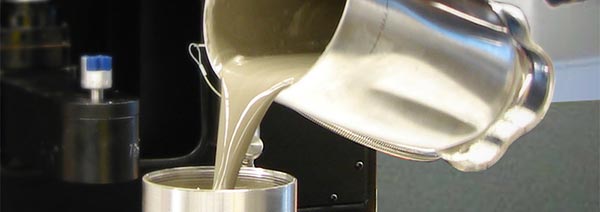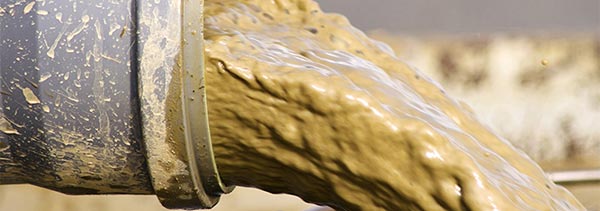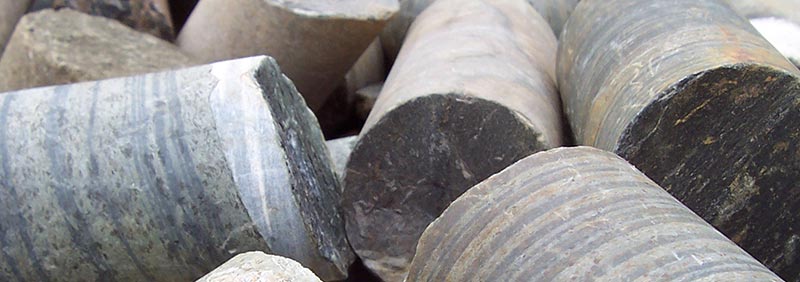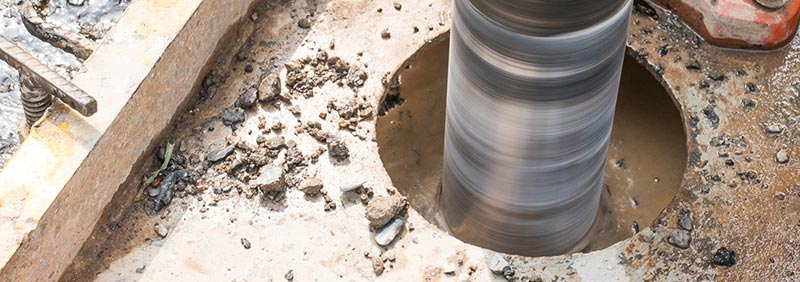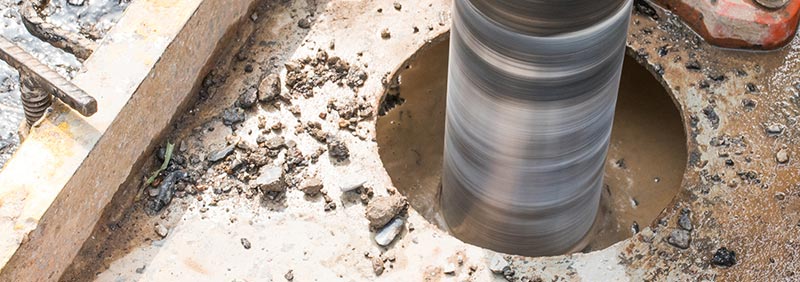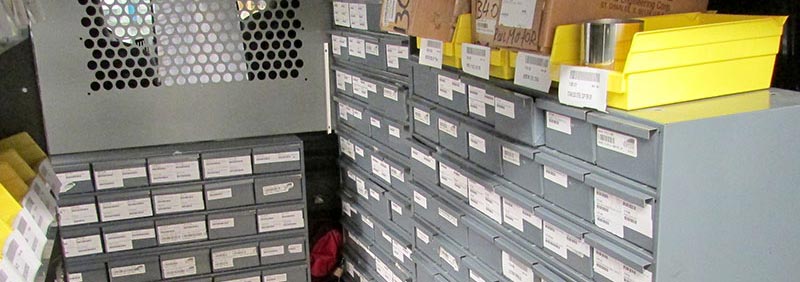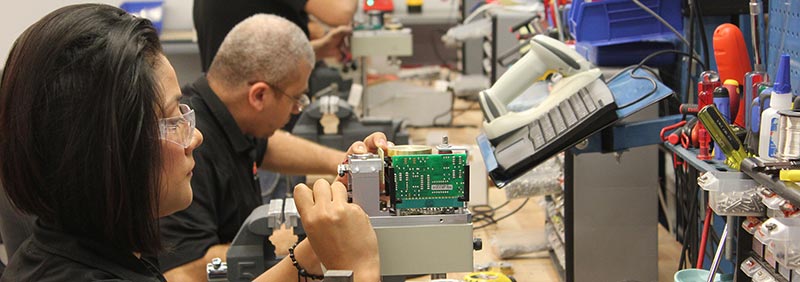Newsroom
Cement Mechanical Properties
The mechanical properties of a material describe how that material behaves when subjected to an applied force. When placed in an oil well, cement is subjected to numerous stresses which impact its ability to both protect the casing and maintain zonal isolation. Lateral stresses within the formation threaten to warp and crush the casing. Expansion and shrinkage caused by temperature and pressure cycles cause brittle cement to develop cracks, which place well integrity at risk as the cement debonds from the casing or formation.
There are four primary mechanical properties of cement that oilfield service companies need to understand to predict the behavior of the set cement under downhole stresses:
- Compressive Strength describes how the material can resist forces applied in compression
- Young’s Modulus (Elastic Modulus) describes the ability of the cement to resist permanent deformation when force is applied
- Poisson’s Ratio relates a material’s response to an applied force in one direction (vertical) with a dimensional change in another direction (horizontal)
- Tensile Strength describes the ability to resist breaking while being subjected to tension forces
With this information, the service company is then able to fine tune the cement design to withstand the stresses the cement will experience downhole.
The TLF-112 Triaxial Mechanical Properties Testing System measures all four of these properties of oil well cement.


